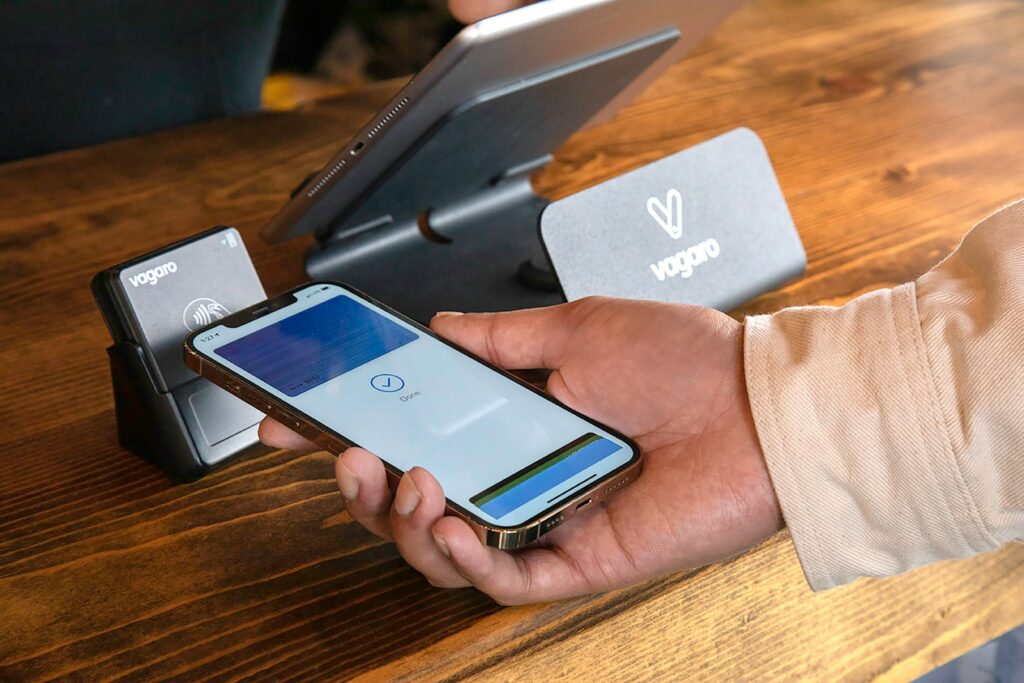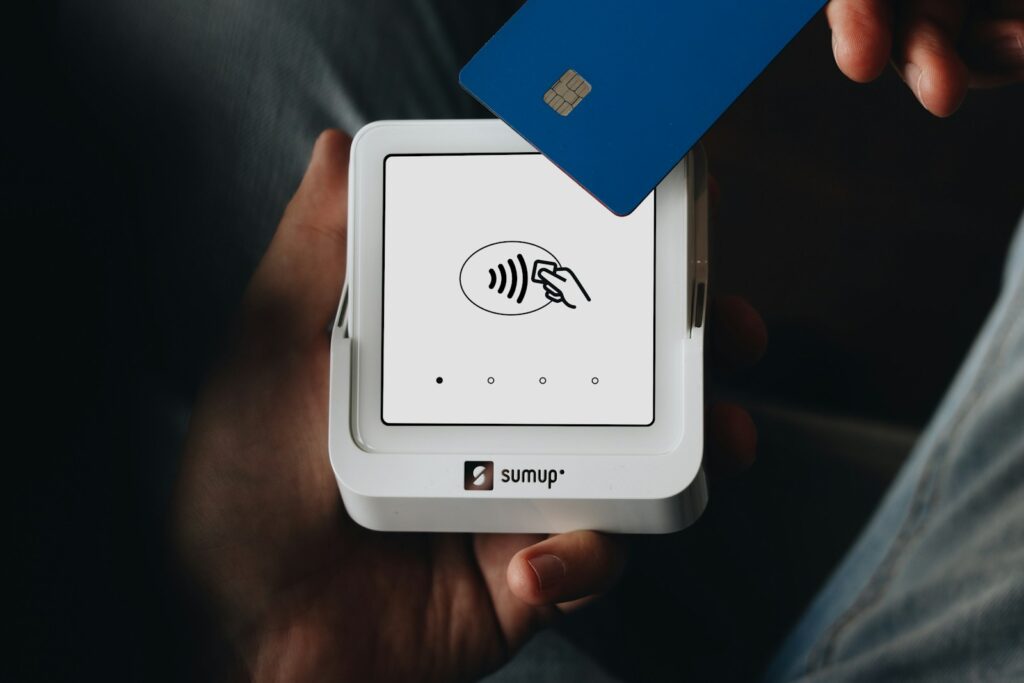In today’s retail landscape, where convenience constantly intersects with privacy concerns, a brief TikTok clip has brought to light the evolving dynamics between consumers and corporations. The video, shared by user Camo (@camocamille), shows a shopper sidestepping a long Target checkout line by paying for groceries at the store’s Starbucks counter. Her statement, “Otherwise I’m putting everything back,” resonated with millions of viewers and quickly became a catalyst for a larger discussion on retail systems and consumer behavior.
A Viral Checkout Hack Captures Public Attention
The video prompted a wave of reactions across social media. Some users viewed the maneuver as clever and relatable, while others expressed frustration over what they saw as a breach of fairness. Comments such as “Noooo, don’t tell them!” reflected concern that a once-obscure workaround had now gone mainstream. The incident sparked a dialogue not only about shopping tactics but also about how people value control and efficiency in everyday interactions.

The Fragile Nature of Consumer Workarounds
Despite its popularity, the viability of this so-called “hack” varies by location and staff discretion. Several commenters pointed out that employees have the authority to decline such requests, particularly during busy hours. A self-identified Target worker confirmed, “Not every location does this. Carry on.” Others noted that stores like Walmart and CVS have already taken steps to prevent similar behavior by putting up signs. The rapid spread of the video—viewed more than one million times—suggests that such unofficial methods may soon be curtailed at other retailers as well.
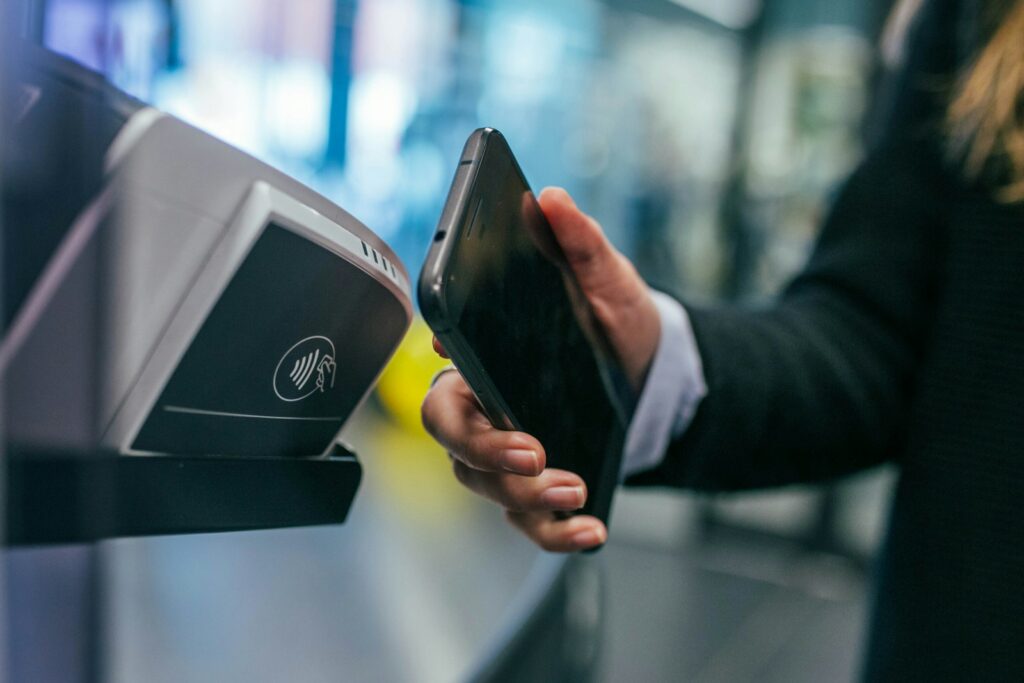
Retailers Reassess Self-Checkout Strategies
The viral moment coincides with a broader shift in how major retailers are managing self-checkout systems. Target recently announced a new “Express Self-Checkout” policy, capping the number of items per transaction at 10. Shoppers exceeding this limit are now directed to traditional lanes staffed by employees. This change followed a successful trial at 200 stores, where transaction speeds significantly improved.
Target explained that the change is intended to enhance customer experience by reducing wait times. To further support this goal, the company plans to increase the availability of staffed lanes and allow managers to adjust self-checkout availability in response to in-store traffic. Other retailers, including Walmart, are reportedly exploring similar strategies after years of relying heavily on automated systems.
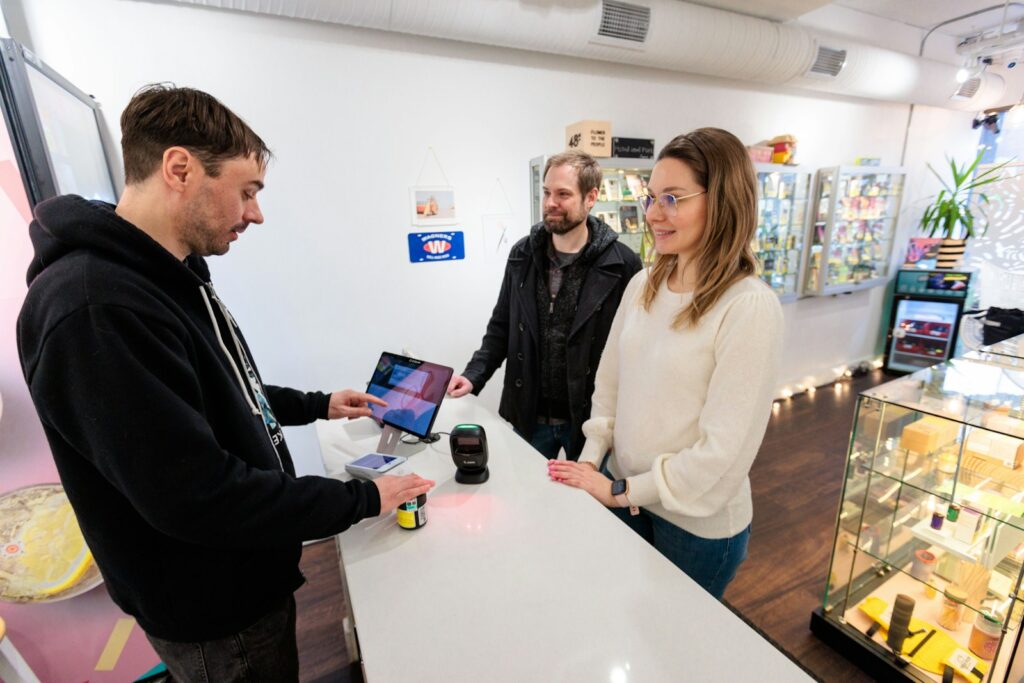
The Downside of Self-Checkout and the Rise of Security Concerns
Self-checkout surged during the pandemic due to health concerns and labor savings. However, recent studies have revealed troubling side effects. A 2023 LendingTree survey found that 15% of users admitted to deliberately stealing items during self-checkout, with nearly half of them indicating they would do so again.
Beyond theft, the use of self-checkout has been linked to reduced customer loyalty. Research from Drexel University shows that shoppers are more likely to return to stores when they interact with human cashiers. Security issues have also emerged. For example, multiple Massachusetts supermarkets reported incidents involving card skimmers at self-checkout kiosks, exposing customers to financial risk.
Despite these concerns, Target reports measurable success from its updated system. Since March 2024, overall checkout times have improved by nearly 8%, and customer satisfaction metrics, such as Net Promoter Scores, have also risen. More shoppers are opting for traditional lanes when carrying large loads or seeking assistance, aligning with Target’s vision of offering a smooth and flexible shopping experience.
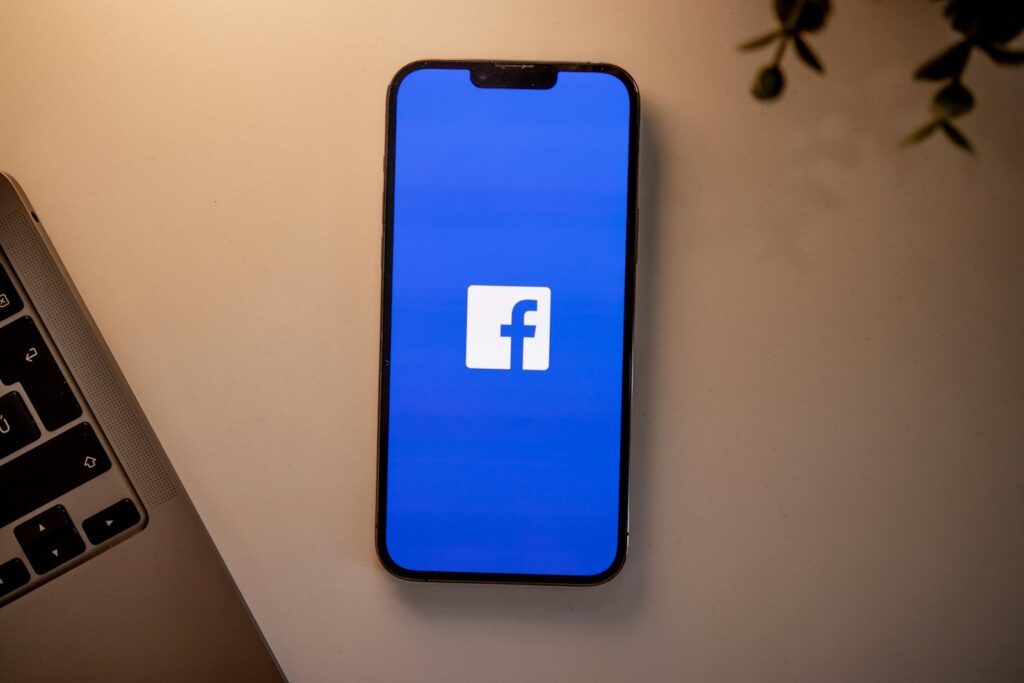
Digital Tracking and the Boundaries of Privacy
While physical retail presents one form of control struggle, the digital realm offers another. Many people remain unaware of the extent to which their online activity is tracked, often even without having direct interaction with a platform. It has been revealed that companies like Facebook possess extensive user data, even on individuals without accounts.
This data collection supports the targeted advertising business model. Platforms assign unique identifiers—Google uses the Google Advertising ID on Android, while Apple utilizes the Identifier for Advertising on iOS—to monitor activity such as app usage, clicks, and browsing behavior. These identifiers feed into complex algorithms that personalize ads to an extraordinary degree. One observer noted, “Even a well-learned techie doesn’t understand completely, leave alone a 14 yr old child or a 55 yr old grandma.”
Apple has attempted to limit this tracking with the SKAdNetwork framework, which prevents advertisers from accessing individual user data. Instead, it only provides conversion results. Although positioned as a privacy-focused reform, critics suggest that Apple’s measures may also serve its commercial interests by redirecting ad revenue toward its ecosystem. In the first quarter of 2020, iOS user spending reached $15 billion, compared to Android’s $8.3 billion, illustrating the platform’s profitability.

Technology, AI, and the Broader Privacy Debate
The concern over digital surveillance extends beyond a single company. While Facebook often garners criticism, many other firms also rely on similar data strategies. Google’s use of location data, gathered through multiple sources like IP addresses, app activity, and device sensors, is another example. Though intended to offer user convenience, it also reinforces the scale of data extraction happening silently in the background.
Public frustration with these practices is growing. Consumers report feeling overwhelmed by hyper-targeted advertisements and question how much companies truly know about them. Privacy-conscious efforts like the European Union’s data protection laws and Apple’s Intelligent Tracking Prevention in Safari reflect a push toward rebalancing power between users and tech firms.
These discussions intersect with the rise of artificial intelligence. AI technologies promise efficiency and innovation but are also raising ethical questions related to privacy, employment, and social inequality. Experts emphasize the need for comprehensive governance, including ethical standards, federal oversight, and stronger privacy protections. Suggestions include conducting third-party audits, penalizing harmful uses of AI, and ensuring transparency in decision-making processes.
The popularity of a simple checkout workaround reflects deeper societal concerns about control, efficiency, and privacy. As consumers navigate both physical and digital spaces, they encounter recurring trade-offs between convenience and autonomy. The journey toward a more equitable technological future will depend not only on corporate choices but also on public awareness and policy action. In this ongoing negotiation, the ability to shop quickly may seem trivial, yet it offers a revealing glimpse into the broader challenge of maintaining personal agency in an increasingly connected world.

